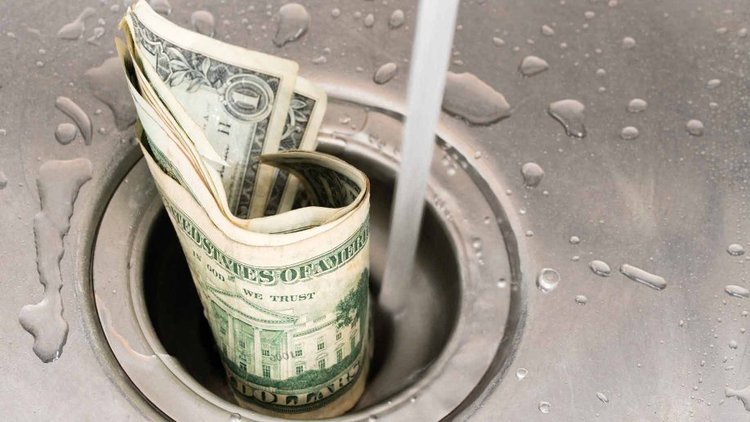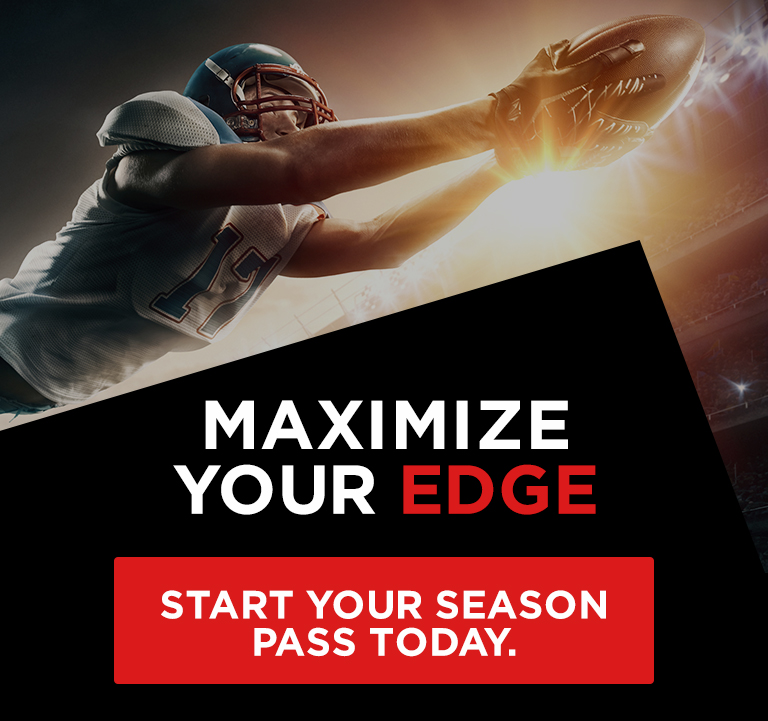How do you choose a good sports handicapping service?

I wrote an article recently on a few of the reasons why someone might want to subscribe to a sports handicapping service.
The article was prompted by several emails I had received prior to the 2017 college football & NFL season asking, “Why should I purchase a subscription to The Daily Sports Edge?” and my answers were based on feedback we have received over the years from subscribers who have purchased our service.
However, the article also generated several emails asking, “How do you choose a good sports handicapping service?”
Handicapping the Handicappers
Choosing a good sports handicapping service can definitely be tricky. Let’s face it, sports handicappers … “touts” … don’t exactly have the best reputation for honesty, and with the advent of the Internet, essentially anyone can claim to be a successful handicapper.
So, after pondering the question for a while, I came up with a list of things you might want to look for when considering how to choose a good sports handicapping service.
Long-Term Success & Realistic Expectations – These two are, unfortunately, correlated. The best way to truly judge whether a sports handicapping service is good or not, is to view their long-term record.
And when individuals not familiar with sports handicapping see that the “best of the best” are hitting 54% or 55% long-term, they are disappointed because those numbers do not meet their unrealistic expectations.
So, your first red flag when researching sports handicappers should be anyone who claims they are hitting, or can hit ~60% or better long-term. They are either lying and/or they are delusional.
A great example I can give is from our very first college football season, 2012. We had a fantastic season, hitting over 57% on more than 400 wagers in the regular season. The very first comment we received in a post that recapped the season was this:
“57% is considered doing very well? That’s terrible, IMO.”
Luckily, I did not have to respond to this comment as several of our more astute readers did it for me:
[box] “Dude, they hit over 57% on over 400 wagers. I would consider anything above 55% on that large of a sample size as very good.”“Wow, if you don’t think that 57% is good then you are in for a rude awakening!”[/box]
There are two very important aspects in those responses.
First, when thinking about sports betting long-term, you need to consider the sample size.
You’ll often see handicappers promoting their latest winning streak … “we’re on a 33-17 run over the past 8 weeks.” I am guilty of this “marketing” tactic myself. It is “sexy” to promote your latest hot streak, but what most people do not realize is that stretches of 20, 50 or even a hundred games are still highly susceptible to luck.
Anyone can get on a hot (or cold) streak that lasts weeks, months or even an entire season. But don’t let the inevitable hot and cold streaks distract you from what really matters, and that is a handicappers long-term winning percentage over multiple years and thousands of wagers.
Second, as previously mentioned, you need to have realistic expectations. Most bettors who subscribe to a sports handicapping service expect that service to win an unrealistic percentage of their plays ALL OF THE TIME.
After all, “what am I paying you for?”
The reality is, long-term, most sports bettors end up losing, and the small percentage that do win aren’t consistently hitting 60%. They’re hitting in the mid-50’s over a large sample size.
Transparency & Communication – I’ll also combine these two characteristics because they seem to be closely related to each other.
Does the handicapping service keep and display their records, both short-term (season) & long-term?
If yes, how do you know if the records are accurate?
In our case, because we have a fairly large pool of subscribers, we would be called out for posting inaccurate records. In fact, on a few occasions our subscribers have pointed out mistakes in our record keeping (and luckily for us most of those mistakes have been in our favor).
It is also important that the handicapper and/or service be open and honest in all communications. If you send them an email, do they respond immediately (within an hour or two)?
And who responds? Is it just some customer service hack or is it the actual handicapper (in The Daily Sports Edge’s case I am the CS hack 😊)?
I believe it is important that you are able to communicate directly with everyone involved in the actual handicapping process, whether it is to ask a question about a game or anything else, or to even vent frustration or your feelings about the selections, etc.
A good example I can give concerning this is in our Premium section each post by each handicapper has a comments section and subscribers are encouraged to ask questions and give us feedback.
Well, as can be expected, sometimes the feedback isn’t always positive and last year a lot of the feedback was particularly brutal (what’s up Nick?).
After a particularly bad weekend the vast majority of the comments were extremely negative and one of our handicappers suggested that I close the comments section because “all those negative comments are not good for business.”
But I never even considered doing that. It seemed awfully hypocritical to me if we only allowed comments during winning weeks/months/seasons. In fact, that would go against what I have been preaching about … thinking long-term and having realistic expectations.
Widely Available Lines – This last one may not be as important as the other reasons mentioned, but it is kind of a pet peeve of our subscribers, so we have taken it to heart and in fact, it has kind of become a source of pride for us.
A lot of handicapping services will post plays with lines that are not widely available to their subscribers. As a result, their records are often based on lines not available to all subscribers.
A perfect example I can give is from last year’s college football season. One of our subscribers who I have been exchanging emails with for several years had access to one of the more popular sports handicapping services and he shared the information with me throughout the season.
The one thing that really jumped out at us – besides their being virtually no written game analyses (other than the occasional sentence or two) and recommended betting sizes between 3% and 6% (way to much for my risk tolerance) – was the fact that every game posted used the BEST line available at the time.
In other words, if the game was -6.5 (-120) at BetOnline, but -7 (-110) EVERYWHERE else, the game was graded based on the -6.5 (-120) line that was available at one sportsbook.
On several occasions throughout the season, there was no chance to get the number that was posted because despite having multiple outs (I have access to 5 offshore accounts), if I didn’t have an account at the one offshore account used for the pick, I could not get the posted number.
So make sure that the sports handicapping service you are looking to use gives out plays with point spreads and totals that you can actually find and bet them at. Sure, there will occasionally be times that you won’t be able to get the play in before the line moves, but if you aren’t able to consistently get the number they are posting throughout the week or season … that is a RED FLAG!
Conclusion
I am sure I could go on listing what to look for when selecting a good sports handicapper, but I believe I have covered the most important aspects.
Just make sure you do your homework. Ask them questions about their experience and their handicapping methodology. Make sure they have a solid long-term record and you can access it.
Sure, results matter, and long-term results matter most.
- Previous Why should you subscribe to a sports handicapping service?
- Next 2017 college football win totals for all 130 FBS teams









One thought on “How do you choose a good sports handicapping service?”